Colostrum, or what is also commonly known as biestings, is the first milk delivered by many mammals including ewes and cows after giving birth. It is often described as liquid gold or nature’s gift for lamb/calf survival and this stems from the wonderful natural properties it possesses.
If we take newborn lambs or calves, colostrum has three invaluable properties.
It supplies newborns with a source of energy, which is important for heat production.Natural antibodies contained in colostrum provide protection to a range of diseases/bacteria present in the environment in which lambs are born.It is a laxative that helps animals pass their first faeces – a black substance known as meconium, which develops while the foetus is in the womb. There are several important aspects that have a role in optimising the value of colostrum.
1 Timing
The faster lambs consume colostrum, the better it will be in terms of building their level of immunity and guarding against disease. The target is as soon as possible and within two hours of birth. The longer newborn animals go without colostrum, especially in a cold environment, the lower their vigour will be, along with a higher risk of mortality.
2 Volume
The volume of colostrum lambs should ideally receive is determined by their weight. The general recommendation is 50ml per kilo birthweight in the first feed and 200ml to 250ml per kilo liveweight in the first 24 hours of life. This adds up to about 1l/lamb.
Lambs suckling will drink whenever they desire. Where lambs are artificially fed, then the recommendation is to feed lambs four to five times in the first 24 hours of life.
3 Feeding influences quality
There is a massive nutritional demand on ewes in late pregnancy, with 75% of the growth of the foetus taking place in the last six to eight weeks of gestation. The demand for protein jumps in the final two weeks, during which time colostrum is also produced. If the quantity or quality of the diet is 20% deficient, it will have a big influence in reducing the volume of colostrum produced in the first hour after birth and thereafter.

Milking colostrum from a ewe is a good way to know the volume a lamb consumes. \ Philip Doyle
A twin-bearing ewe requires 200g of protein per day in the final weeks of gestation, with this requirement continuing through to early lactation. Soya bean meal is the best protein source, as it also possesses the highest energy value of protein sources. Feeding in late pregnancy will also influence the vigour of lambs and suckling behaviour, so it is critical to get right.
4 Ewe colostrum is best
The best source of colostrum is from ewes. It is convenient to use colostrum alternatives or substitutes, but this will have a negative effect on performance, with research carried out in UCD Lyons Research Farm showing that lambs which received a colostrum alternative recorded 17% lower performance than lambs which received ewe colostrum.
Cow colostrum is recommended next to ewe colostrum, but it is advised to mix colostrum from a number of cows to reduce the risk of anaemia and also to be aware of a disease called Johnes' disease.
5 Fat ewes can also have issues
Thin ewes will obviously be under more pressure to produce colostrum, but there can also be issues with colostrum supply in overfat ewes. This is due to the slower clearance of a hormone called progesterone, which inhibits milk let down.
Another hormone called oxytocin can be administered to help a ewe that is slow to let down milk, but it will only be useful where there is a good source of colostrum available in the first place.
6 Ewe breed and age
Research also carried out in UCD Lyons Research Farm by Tommy Boland, UCD and Frank Campion, now Teagasc, showed showed that ewe breed, age and gestation length will also affect the quality and quantity of colostrum produced.
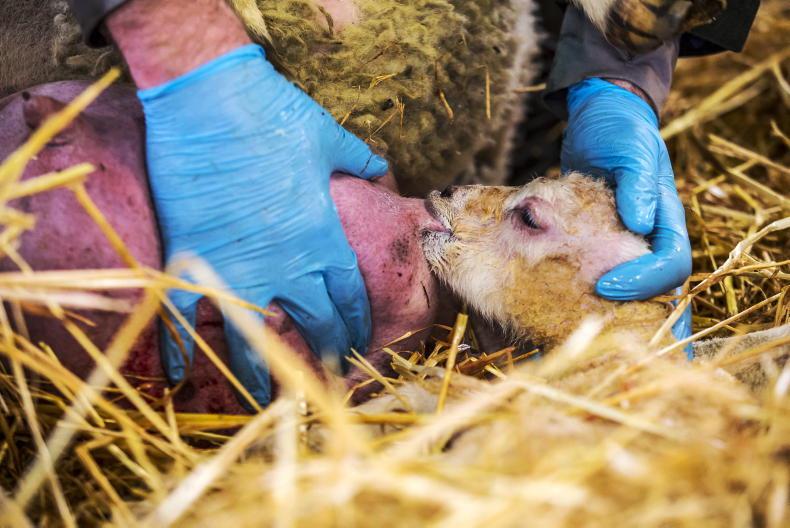
Getting colostrum into weak lambs will significantly increase their chances of survival. \ Philip Doyle
While Suffolk cross ewes had the highest colostrum production in the first 18 hours of life, the consensus from the research is that all breeds should be capable of producing enough colostrum to meet the requirements of lambs born indoors.
7 Hygiene
Colostrum is an excellent feed for newborn animals, but it can only do so much. The two greatest risks of bacteria entering a lamb is via the navel or mouth. To get the maximum return from colostrum, high levels of hygiene must also be practiced. This includes washing and disinfecting feeding equipment.
8 Avoid boiling water
Colostrum can be successfully frozen for using at a later stage. Take note that boiling water should never be used to defrost colostrum, as doing so will kill natural antibodies. Colostrum should be defrosted slowly with warm water. The same goes for adding water to colostrum powders. Water can be boiled and allowed to cool before adding.
Colostrum, or what is also commonly known as biestings, is the first milk delivered by many mammals including ewes and cows after giving birth. It is often described as liquid gold or nature’s gift for lamb/calf survival and this stems from the wonderful natural properties it possesses.
If we take newborn lambs or calves, colostrum has three invaluable properties.
It supplies newborns with a source of energy, which is important for heat production.Natural antibodies contained in colostrum provide protection to a range of diseases/bacteria present in the environment in which lambs are born.It is a laxative that helps animals pass their first faeces – a black substance known as meconium, which develops while the foetus is in the womb. There are several important aspects that have a role in optimising the value of colostrum.
1 Timing
The faster lambs consume colostrum, the better it will be in terms of building their level of immunity and guarding against disease. The target is as soon as possible and within two hours of birth. The longer newborn animals go without colostrum, especially in a cold environment, the lower their vigour will be, along with a higher risk of mortality.
2 Volume
The volume of colostrum lambs should ideally receive is determined by their weight. The general recommendation is 50ml per kilo birthweight in the first feed and 200ml to 250ml per kilo liveweight in the first 24 hours of life. This adds up to about 1l/lamb.
Lambs suckling will drink whenever they desire. Where lambs are artificially fed, then the recommendation is to feed lambs four to five times in the first 24 hours of life.
3 Feeding influences quality
There is a massive nutritional demand on ewes in late pregnancy, with 75% of the growth of the foetus taking place in the last six to eight weeks of gestation. The demand for protein jumps in the final two weeks, during which time colostrum is also produced. If the quantity or quality of the diet is 20% deficient, it will have a big influence in reducing the volume of colostrum produced in the first hour after birth and thereafter.

Milking colostrum from a ewe is a good way to know the volume a lamb consumes. \ Philip Doyle
A twin-bearing ewe requires 200g of protein per day in the final weeks of gestation, with this requirement continuing through to early lactation. Soya bean meal is the best protein source, as it also possesses the highest energy value of protein sources. Feeding in late pregnancy will also influence the vigour of lambs and suckling behaviour, so it is critical to get right.
4 Ewe colostrum is best
The best source of colostrum is from ewes. It is convenient to use colostrum alternatives or substitutes, but this will have a negative effect on performance, with research carried out in UCD Lyons Research Farm showing that lambs which received a colostrum alternative recorded 17% lower performance than lambs which received ewe colostrum.
Cow colostrum is recommended next to ewe colostrum, but it is advised to mix colostrum from a number of cows to reduce the risk of anaemia and also to be aware of a disease called Johnes' disease.
5 Fat ewes can also have issues
Thin ewes will obviously be under more pressure to produce colostrum, but there can also be issues with colostrum supply in overfat ewes. This is due to the slower clearance of a hormone called progesterone, which inhibits milk let down.
Another hormone called oxytocin can be administered to help a ewe that is slow to let down milk, but it will only be useful where there is a good source of colostrum available in the first place.
6 Ewe breed and age
Research also carried out in UCD Lyons Research Farm by Tommy Boland, UCD and Frank Campion, now Teagasc, showed showed that ewe breed, age and gestation length will also affect the quality and quantity of colostrum produced.

Getting colostrum into weak lambs will significantly increase their chances of survival. \ Philip Doyle
While Suffolk cross ewes had the highest colostrum production in the first 18 hours of life, the consensus from the research is that all breeds should be capable of producing enough colostrum to meet the requirements of lambs born indoors.
7 Hygiene
Colostrum is an excellent feed for newborn animals, but it can only do so much. The two greatest risks of bacteria entering a lamb is via the navel or mouth. To get the maximum return from colostrum, high levels of hygiene must also be practiced. This includes washing and disinfecting feeding equipment.
8 Avoid boiling water
Colostrum can be successfully frozen for using at a later stage. Take note that boiling water should never be used to defrost colostrum, as doing so will kill natural antibodies. Colostrum should be defrosted slowly with warm water. The same goes for adding water to colostrum powders. Water can be boiled and allowed to cool before adding.







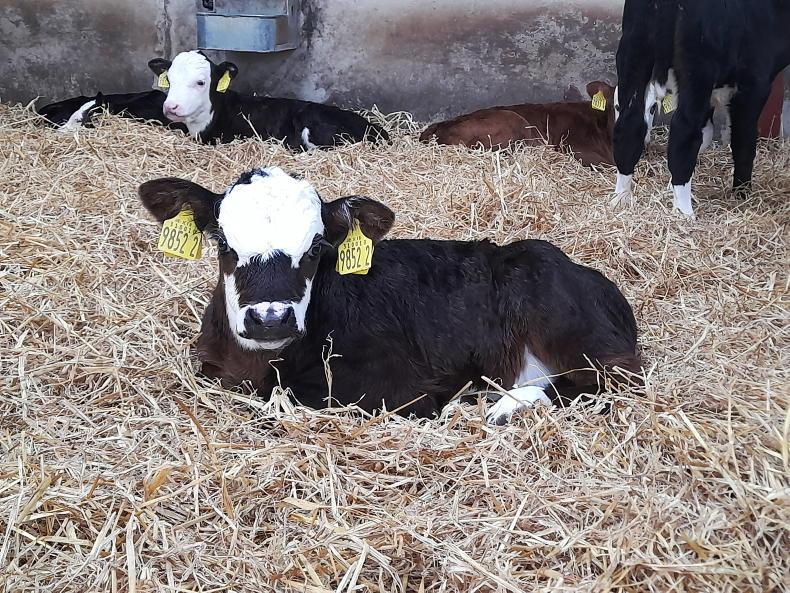

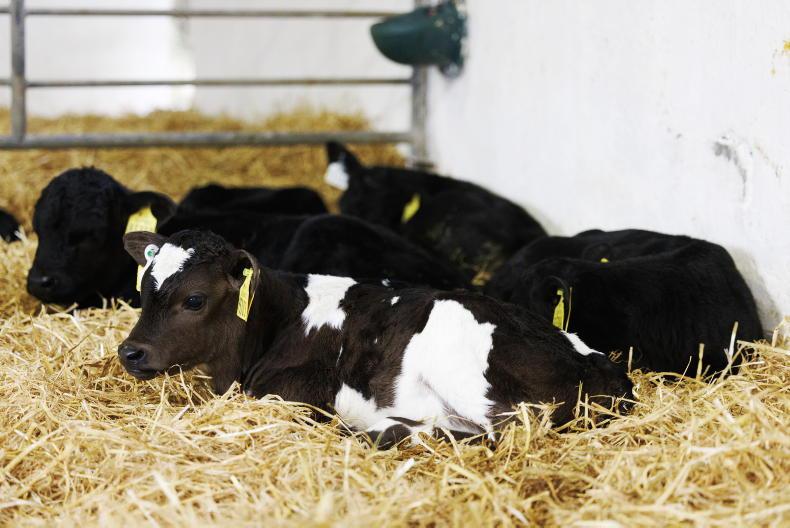
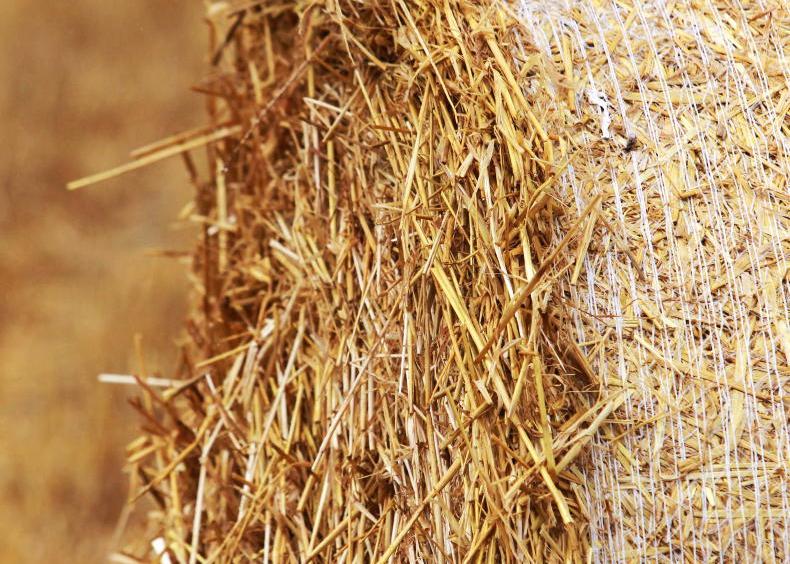
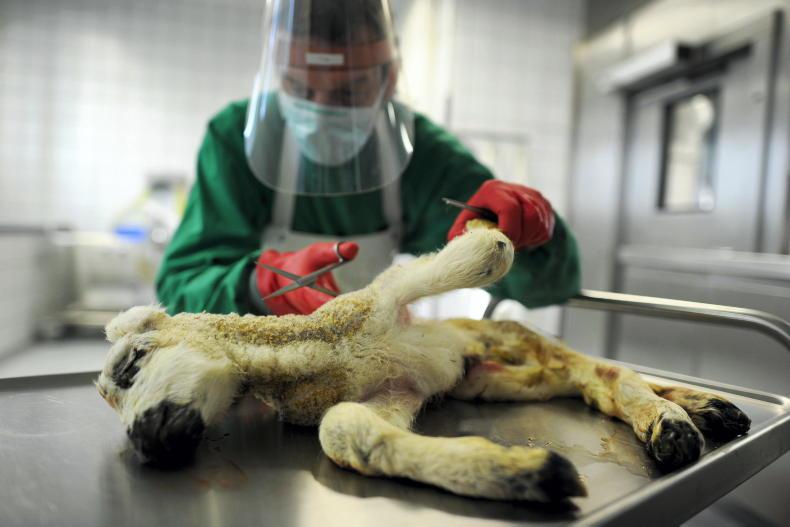
SHARING OPTIONS